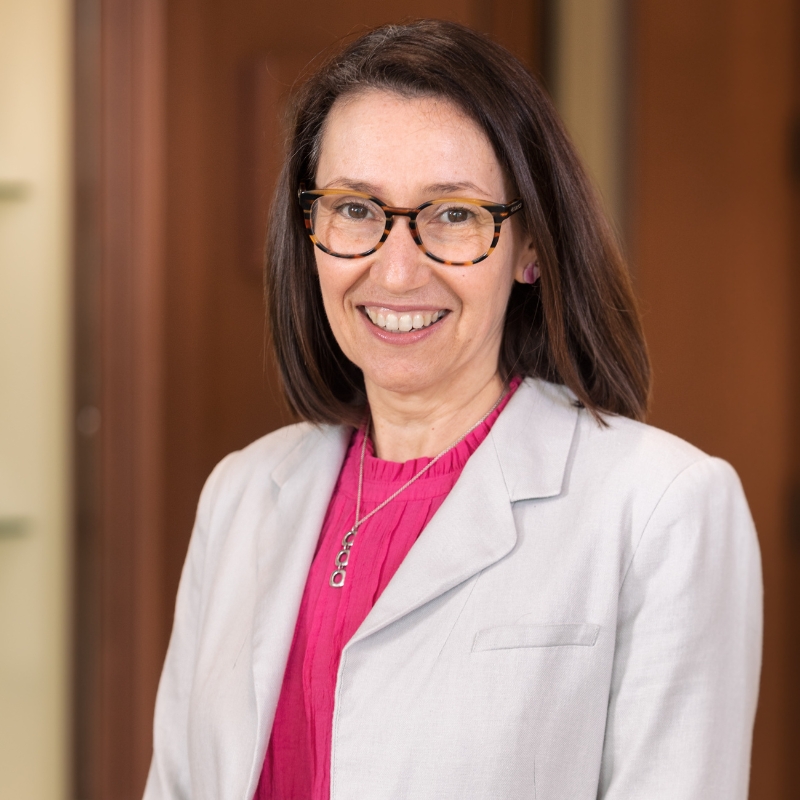A number of years ago, I was working with a bar mitzvah student whose Torah portion was Ki Tisa. After reading through the portion together, he said, “I’m not sure I see what’s so bad about the Golden Calf. The people were scared, and they built something to help them be less afraid. Isn’t the Golden Calf like a security blanket that kids sleep with when they are afraid of the dark?” It was an interesting observation.
The story of the Golden Calf takes place within the third of five different Torah portions that focus primarily on the creation of the Mishkan, the Tabernacle where God’s presence was to dwell among the people. Comparing these two building projects, one can see numerous similarities:
The creation of the Mishkan and the creation of the Golden Calf involved the participation of most people within the community. Both projects required the collection of precious metals. Both projects had the effect of bringing the people together, working toward a common goal. And, as my bar mitzvah student noted, both brought the people comfort, helping them to feel that they were not alone in the wilderness.
Find more commentaries on Ki Tisa.
Of course, there were some important differences between the projects as well. The building of the Mishkan was commanded by God, arguably as a demonstration of love for the people. The casting of the Golden Calf came directly from the people, generated by their uncertainty and fear. The Mishkan was a place where God’s presence could be felt, while the Calf was, in the people’s mind, a substitute for God. Also, for all its specificity and beauty, the Mishkan was largely a structure made up of empty spaces. Yes, the table, lampstand, and altar were all important. However, the Mishkan and the courtyard surrounding it were dominated by a sense of spaciousness. Rabbi Shefa Gold teaches that the most sacred part of the Mishkan, the Holy of Holies, was empty of all furnishings, save the Ark, precisely so that space for God could exist. In contrast, the Calf was solid, existing, in Gold’s words, “only of and for itself.” It left no room to encounter the Divine (Torah Journeys, 91).
I would argue that the spaciousness and openness of the Mishkan was the source of its holiness. The Polish Chasidic master, Menachem Mendel of Kotzk (1787–1859), teaches that each of us is to build our own mikdash me’at, our own small sanctuary, within the recesses of our hearts (quoted in Itturei Torah). If we do, then God will dwell with us, no matter where we are.
In building this mikdash me’at within, we must remember that sense of spaciousness that was such an integral part of the original Mishkan. Only from an open and spacious heart can we experience a connection to what is holy. From a spiritual practice perspective, this means that when we focus solely on what we want and need, and what we think we deserve, then what we create within is actually a Golden Calf instead of a mikdash me’at.
Find more commentaries on Social Justice: Leadership and Philosophy.
Today it feels as though more and more of us are worshiping our own Golden Calves and forgetting about the spaciousness that is required to bring about holiness in this world. This, of course, is understandable, when we see that the very foundations of democracy, both in the United States and in Israel, are at risk. We fill in all the empty spaces with our values, our arguments, and our vision of the world as it ought to be, in an effort to stem a frightening tide that wants to rush in and fill that void.
However, when we do this, we forget that democracies, like the Mishkan, also require open spaces where ideas can be freely exchanged. Today more than ever, in our synagogues and in our communities at large, we need these kinds of open spaces where people can come together to talk freely about our differences and listen deeply to one another so we might also see what unites us. To do this, Ki Tisa reminds us that the best way to enter into these spaces and this kind of dialogue is by cultivating our own inner spaciousness. Doing so will allow us to fight for the values we hold dear while listening to the other, whether that other is the one we presume to be our “opponent,” or maybe even the presence of the Holy One.
Rabbi Andrea Goldstein has served as a rabbi at Congregation Shaare Emeth in St. Louis, Missouri, for the past 26 years. She is also the founder and director of the Jewish Mindfulness Center of St. Louis.

